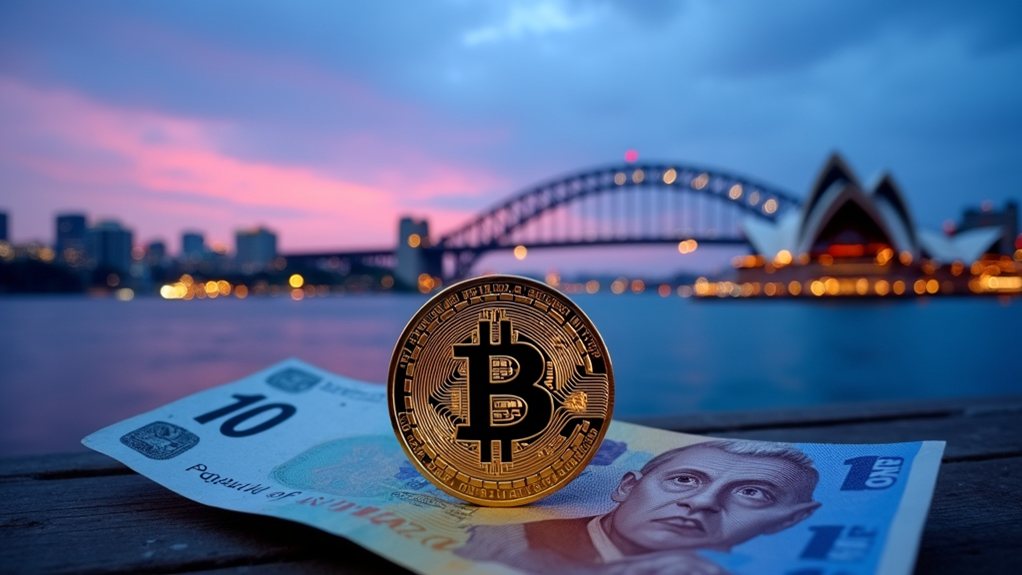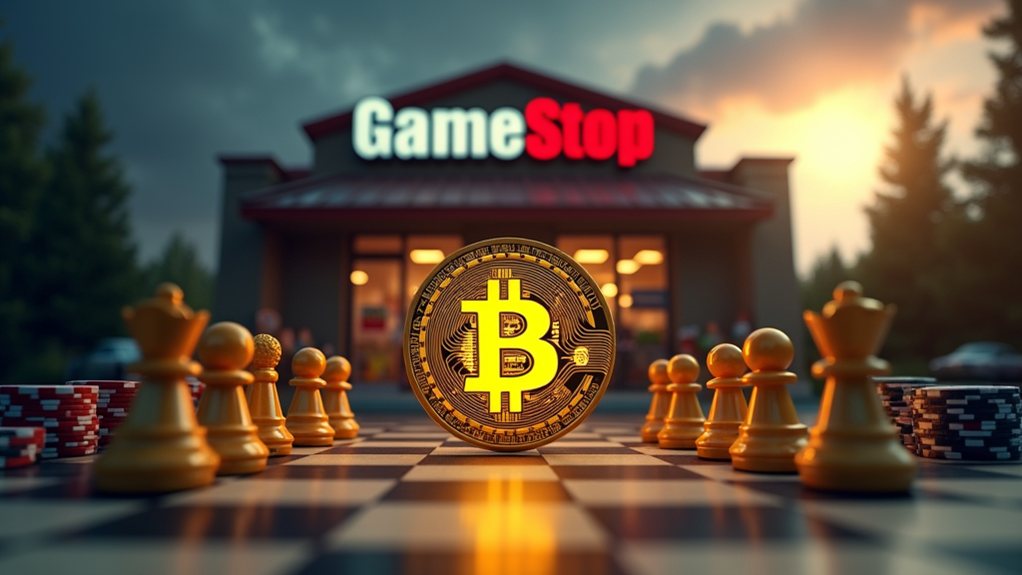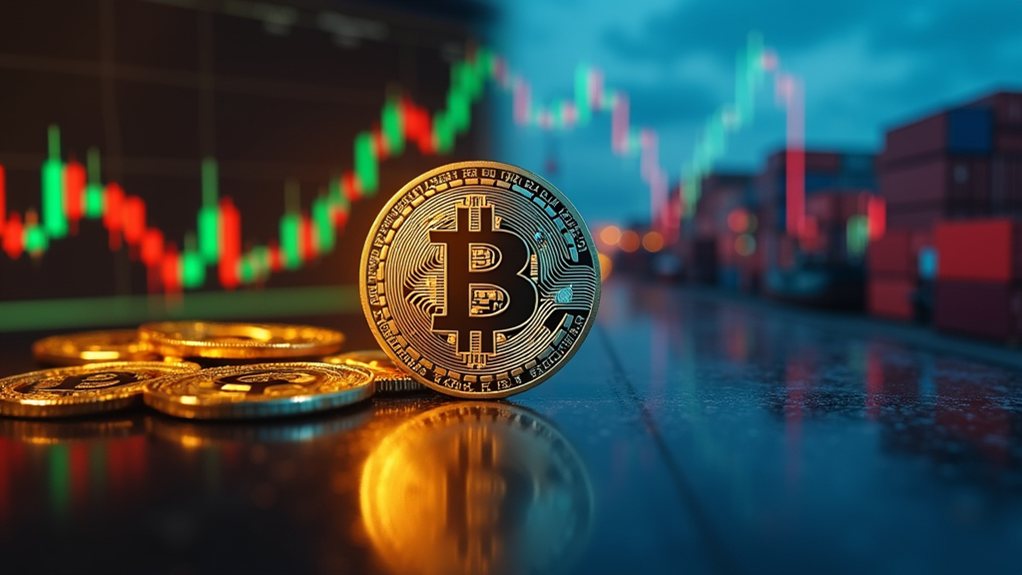While many cryptocurrency enthusiasts view Bitcoin‘s relatively slow transaction processing as a disadvantage, this characteristic actually represents one of its most significant strengths regarding security and reliability. The deliberately designed 10-minute block time and 1-megabyte block size limitation create an environment where transactions undergo thorough verification across a global network of nodes, guaranteeing that malicious actors cannot easily manipulate the blockchain’s transaction history. This careful approach to consensus building through Proof-of-Work (PoW) requires significant computational resources, creating a robust defense mechanism against potential attacks.
Bitcoin’s transaction throughput of approximately 3-7 transactions per interval might appear inefficient compared to traditional payment processors or newer blockchain networks, but this limitation serves as a foundational element of its security model. The processing constraint prevents any single entity from dominating the network, distributing power among numerous participants worldwide and reinforcing Bitcoin’s decentralized nature. This distribution of authority makes Bitcoin remarkably resistant to censorship and external manipulation, qualities that faster networks often sacrifice for transaction speed. The decentralized nature of Bitcoin effectively solves the double spend problem that plagued earlier digital currency systems.
Bitcoin’s seeming inefficiency is its greatest strength—a deliberate constraint that ensures decentralization, censorship resistance, and security.
The network’s deliberate slowness creates a trustless verification system where users don’t need to rely on central authorities to validate transactions. During periods of high network demand, transaction fees may increase substantially, yet this market-based approach guarantees that the most valuable transactions receive priority processing. These economic incentives maintain the network’s security equilibrium while preventing spam transactions from overwhelming the system. The fee structure resembles Ethereum’s gas fee model but with different optimization goals focused on security rather than computational complexity. Proposals to increase Bitcoin’s block size have been strongly opposed as they would undermine the trustless transaction finality that defines Bitcoin’s security model.
Rather than modifying Bitcoin’s secure base layer, the ecosystem has developed scaling solutions like the Lightning Network that facilitate faster and cheaper transactions by moving them off-chain. These Layer-2 technologies preserve Bitcoin’s fundamental security properties while addressing scalability concerns. Innovations such as the Taproot upgrade further improve Bitcoin’s efficiency without compromising its core security model, demonstrating that enhancement is possible without sacrificing the network’s primary value proposition.
Bitcoin’s measured approach to transaction processing ultimately represents a deliberate trade-off that prioritizes security, decentralization, and immutability over raw transaction speed—qualities that continue to distinguish it in an increasingly crowded cryptocurrency landscape.









